What's It like to be a fish?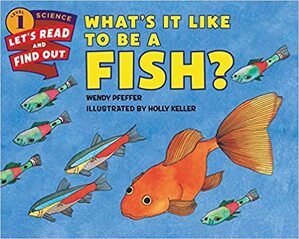 We are finishing up our Day 5 of creation by learning about how God designed the fish perfectly to live in its environment. Through this book, we learned that fish are best suited to live in the water. They are cold blooded animals which means that their body temperature is directly affected by its environment. (Don't place your goldfish in the sun) Fish have seven fins that help them swim in the water. Fish have scales that protect their skin from abrasions but also has slime which keeps the bacteria from infecting the fish. Fish breathe oxygen like we do, but they use gills to filter out the oxygen from the water. When you see a fish's mouth moving, they are actually breathing. Fish do not have eyelids so when they sleep, they sleep with their eyes open. They don't need eyelids because the water keeps their eyes moist. 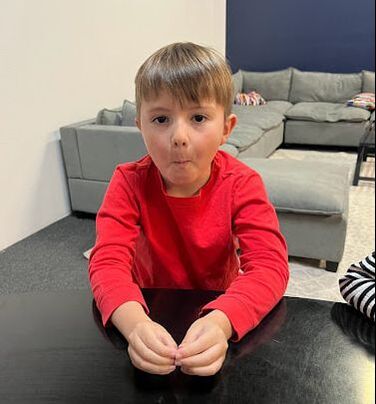 We practiced as a class opening and closing our mouth as a fish does to breathe. When the fish closes its mouth, the water runs over the gills and it filters out the oxygen for the fish. Fish Gill DemonstrationTo demonstrate how fish gills filter out oxygen, I used a pint mason jar, a coffee filter, rubberband, water and some dirt. You can also use coffee grounds also, I just have more dirt around my house than coffee grounds. (haha) Place the coffee filter on the jar and secure with a rubberband. Place the dirt in the cup with the water. No need to mix. Pour a little of the dirt/water mixture over the coffee filter and observe what happens. The dirt is left behind while the water falls through. In a way, the coffee filter is representing a fish's gills, it is filtering out the dirt like a fish would filter out the oxygen for them to breathe. Observing a fishSince my husband believes that fish are a gateway pet (haha), we do not have any fish as pets so I brought in a whole fish from the grocery store for the kids to observe. We pointed out and named all the fins, looked and felt what the scales were and saw the skin of the fish. We opened up the head cavity where the gills would be. Opened their mouth and saw its little teeth. Looked at the open eye. Making a paper plate fishTo reinforce the parts of the fish that we learned about, I had the students make a paper plate fish with all the fins, scales, and gills. I had the students color their parts first. We were thinking of some fish we knew and the Rainbow Fish is something that most of the students were familiar with so many colored theirs like a rainbow. One student colored theirs like a yellow tang. 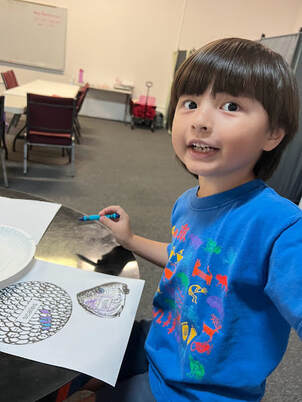 This student is doing a very meticulous job on the scales coloring each scale a little blue and a little purple to show how they change color in the light. He was telling me it was all about the 'details' Wonderful! 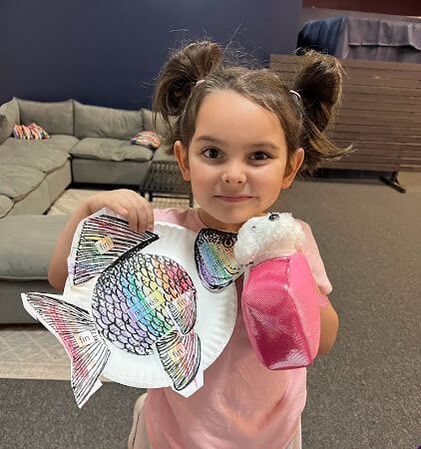 Finished Fish! 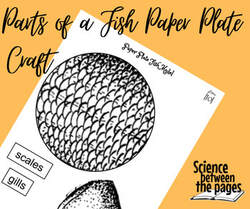 Here is a simple template for the paper plate fish.
0 Comments
Manna Moment: Where did the World Come from?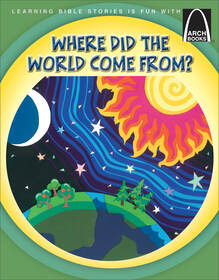 This is the text from the fifth day of creation that we discovered today. "The sky was now ready for birds to fly in it; Chirps, squawks, and coos filled the air in a minute! - There were black birds and brown birds and yellow and blue- With long beaks and short beaks, and tails and wings too!.- God’s Word filled the waters with fish right away;- The seas were soon swimming with orange, blue and gray- Good were the creatures made on the fifth day- " What is a Bird by Lola M Schaefer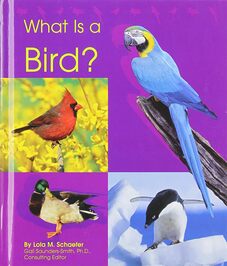 This was a very simple book that states one characteristic of birds on each page along with a vivid photograph. These simple books with pictures really draw out all the ideas from these young minds. 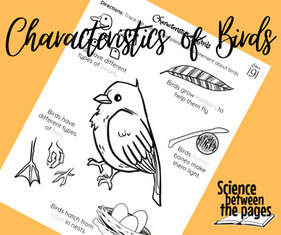 I gave each student one of these reading guides as well that mentions some of the characteristics of birds with a keyword for them to trace as we are discussing some facts about birds. For a review, students can color it. Bird Beak Buffet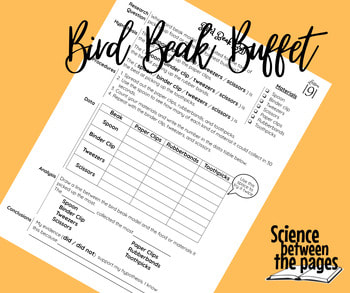 Now that we know some characteristics of birds, it is time to focus on one. I chose to focus on their beaks. Their beaks will determine what food they are able to eat. The students had to 'pretend' to be birds and not pick up the 'food' with their hands but see if they could do it with a spoon, tweezers, scissors, clothespin or binder clip. The materials that they needed to pick up were paper clips, toothpicks and and rubberbands. Here is an investigation sheet that you can use if you have some older students. You can time each student to see how many things they can pick up in 30 seconds and then count and write the number on the chart. My students loved stacking the toothpicks and scooping up as many things with the spoon as they could. Making a miniature Bird FeederI wanted to have the students make their own bird feeder and so I picked this very simple design. Students all received a chenille stem and some circle shaped cereal to place on it. Once it was full, they can shape their chenille stem into any shape they wanted and hang it on their tree at home. They can then watch all the birds that might come by for a snack.
Manna moment and read aloud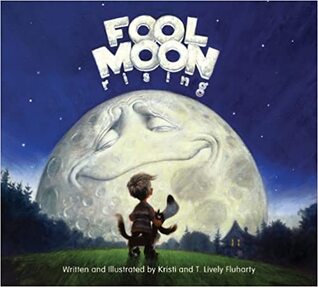 1 Corinthians 4:7 (NLT)- "What do you have that God hasn't given you? And if everything you have is from God, why do you boast as though it were not a gift?" This scripture is on the opening page of this book, and while this book teaches some facts about the moon, it also addresses a character issue of pride. All things are from God and if you have them, they are a gift to praise God for and point back to Him. The moon facts presented here are:
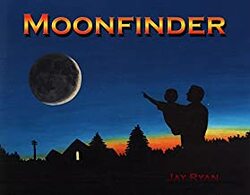 MoonFinder by Jay Ryan is a second book that I presented to the students that has wonderful tips on how to find the moon in the sky with beautifully illustrated pictures. While I did not have time to read them the story, I was able to show them the pictures of the moon and how you can find it in the sky. I highly recommend this book if you are wanting to be a Moonfinder. Phases of the Moon orderAfter we finished with our read a-louds, we traveled to the board. I gave each student a different 'phase' of the moon and they had to place themselves in order based on the phases drawn on the board. A wonderful mom took our picture as a class. cucumber moonsNow that they are familiar with the phases of the moon, I had them make the phases out of cucumbers. This is typically done with Oreos but I find cucumbers to be just as wonderful and less messy. Speaking from experience, my children receive more reminders of the phases of the moon with cucumbers than oreos as I don't typically buy oreos but always buy cucumbers. Moon phase HeadbandsAs a take home reminder of the moon phases, I had the students glue moons to a head band. A great extension of this activity is to have a large ball represent the earth or a globe in the middle of the room and have the students with their head bands on rotate around the earth. It might be a dizzy experience but they would love it. Phases of the Moon ScrambleSome students were finished with their head bands before others and so I scrambled the Moon phase cards and had them re-order them at the board. Moon Log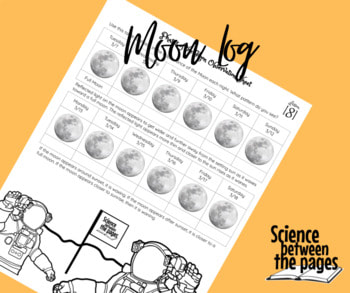 I gave each student a moon log to document their observations of the moon. It does have the dates written on them as today, there will be a full moon. You can change the dates to match when you are observing. There are extra tips for finding the moon on here that are helpful. |
Lead LearnerWelcome! My name is Nicole Fleming and I have been leading science learning in the Bryan/College Station homeschool community for over 10 years. Archives
April 2023
Categories |
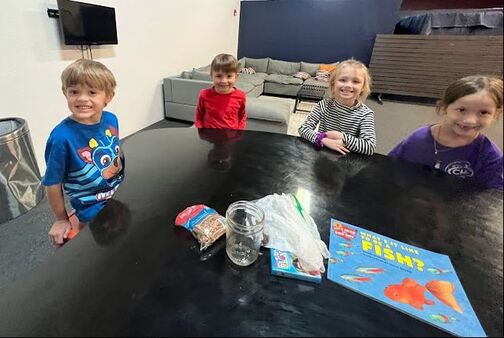
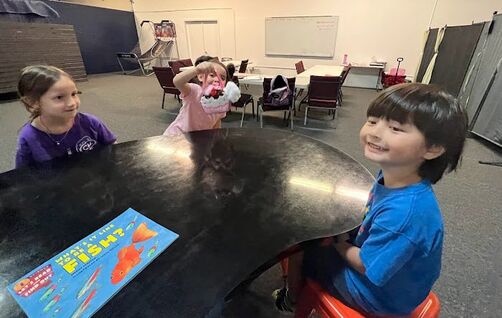
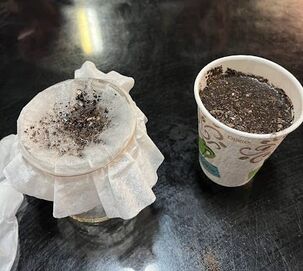
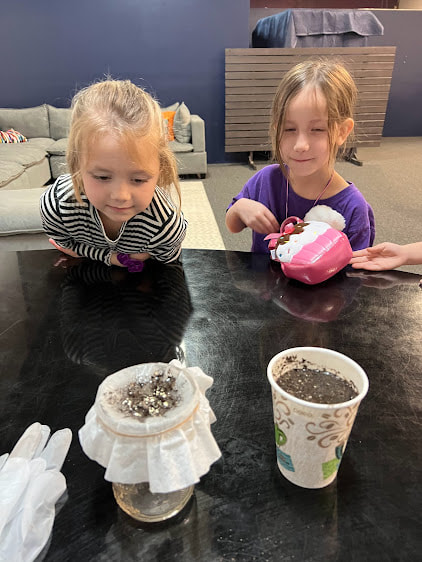
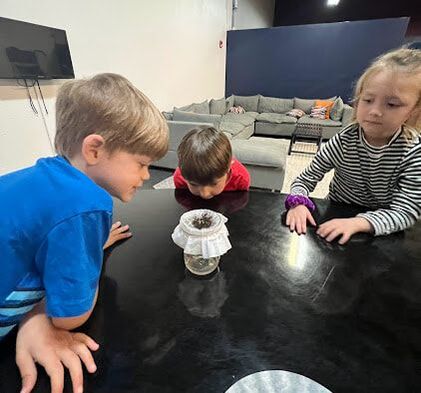
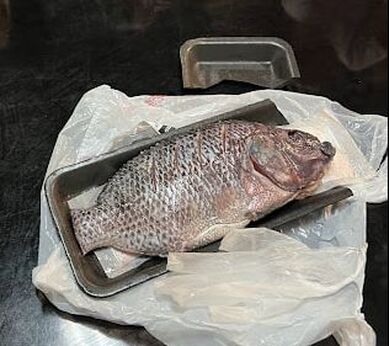
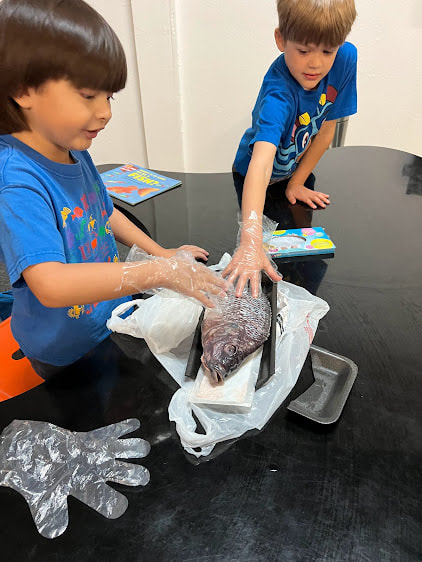
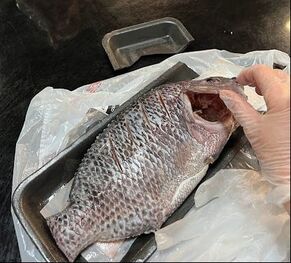
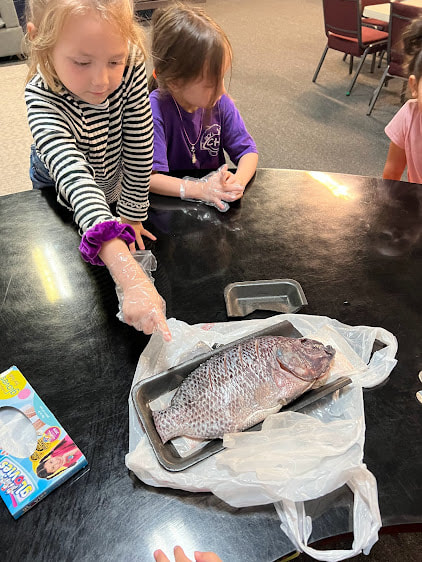
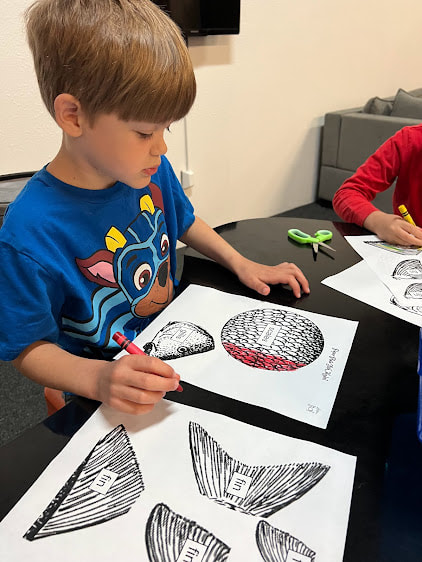
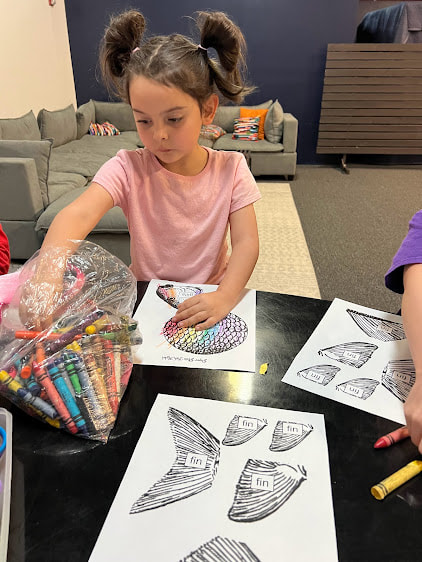
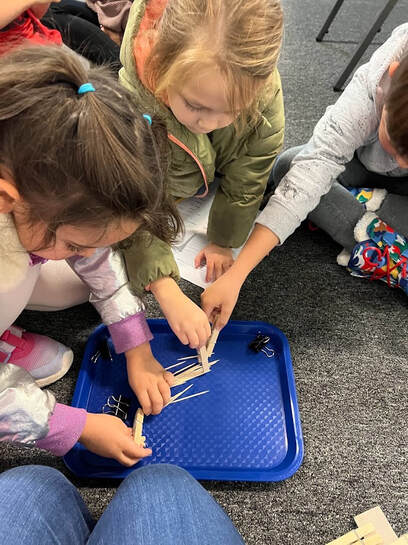
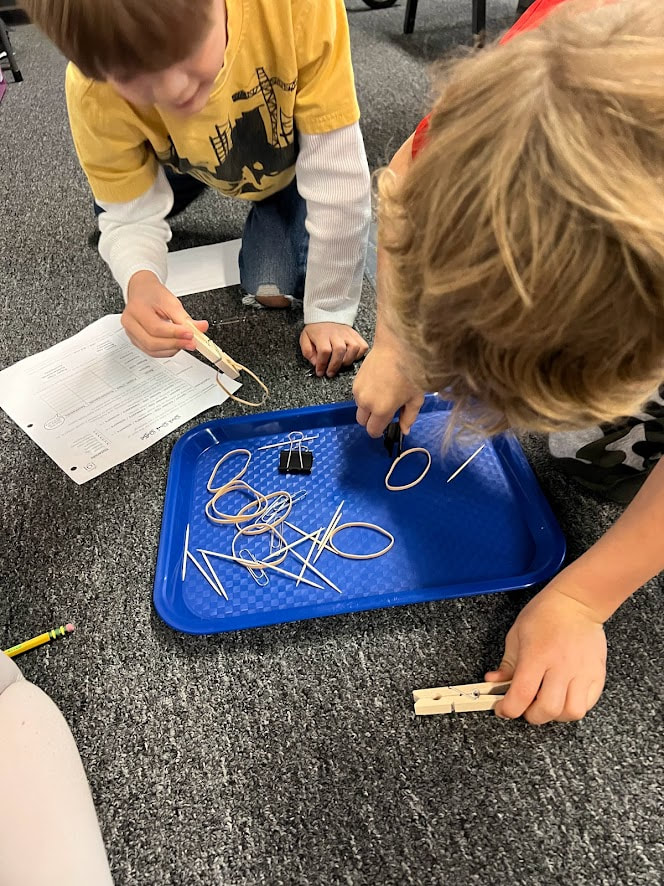
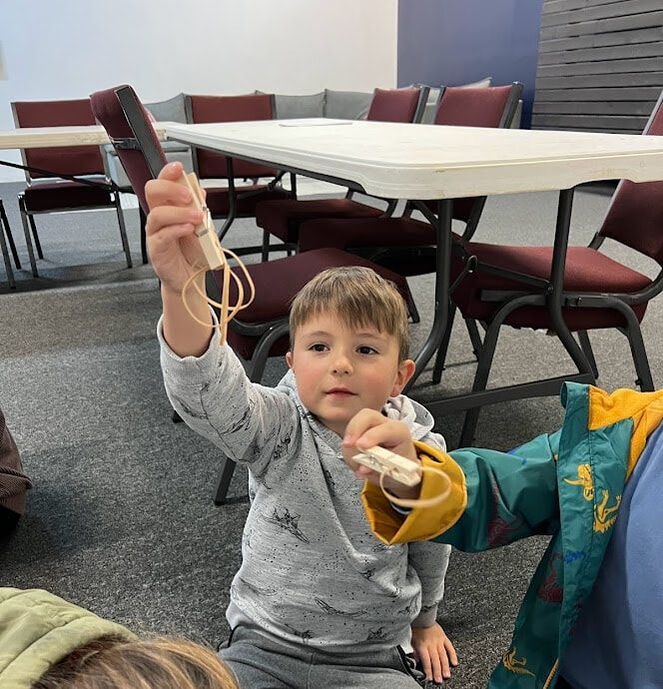
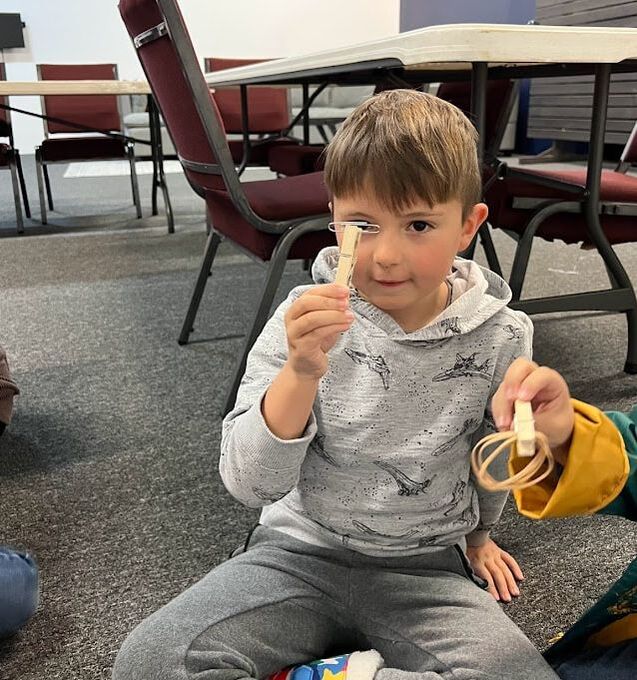
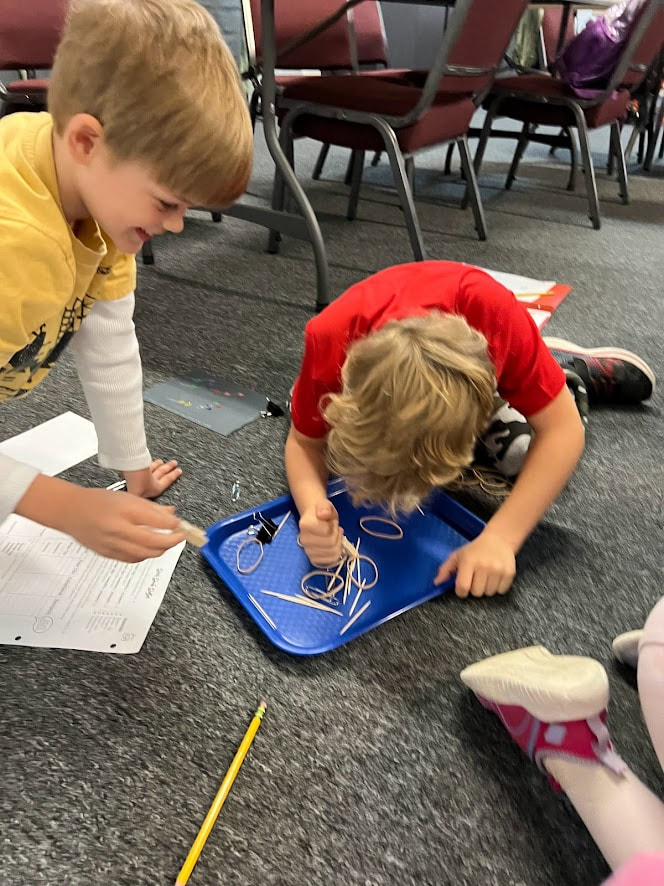
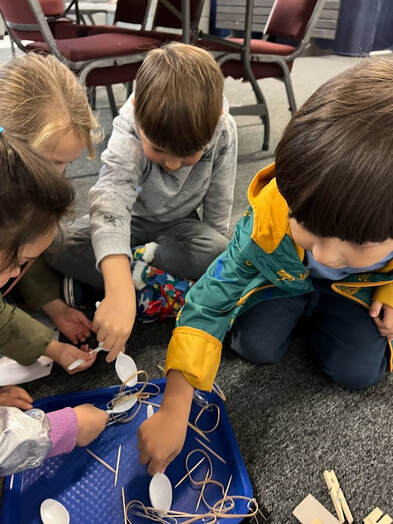
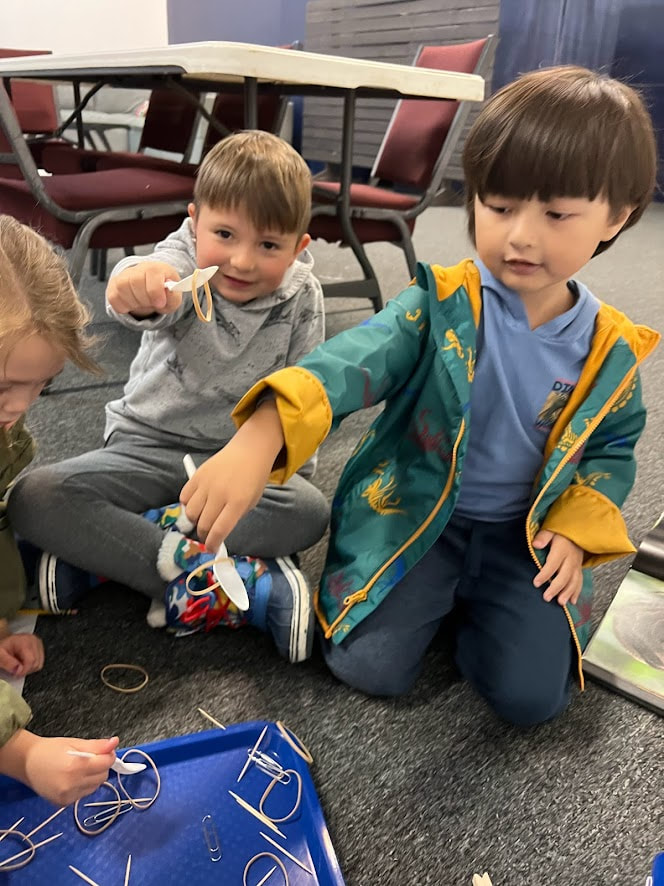
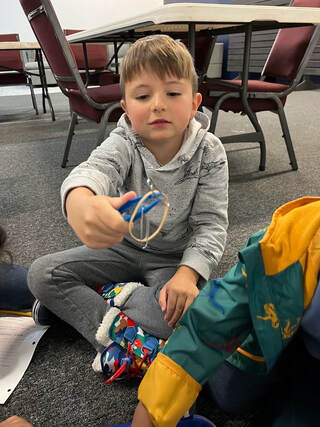
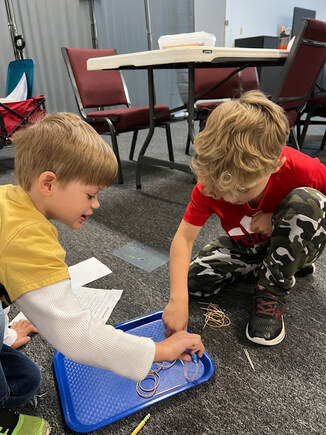
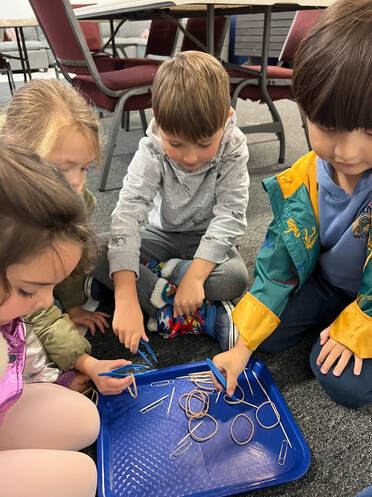
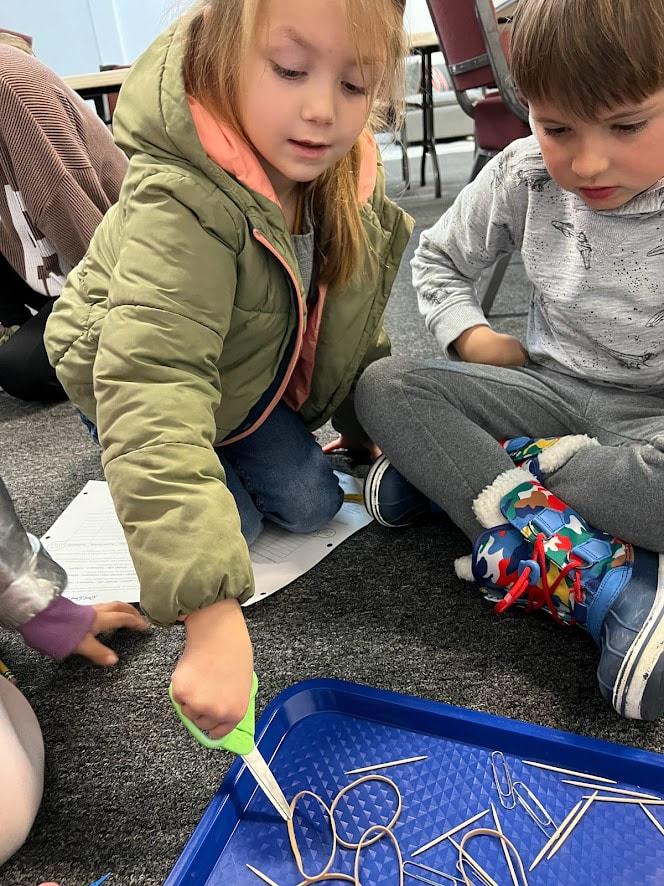
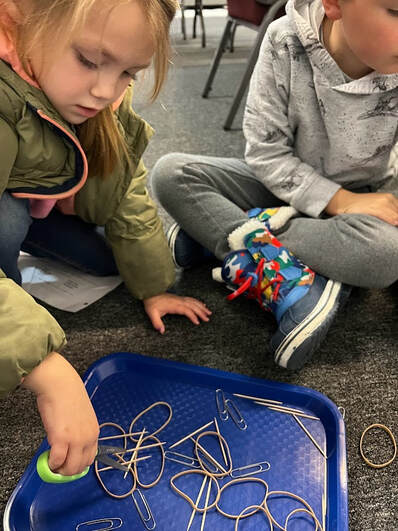
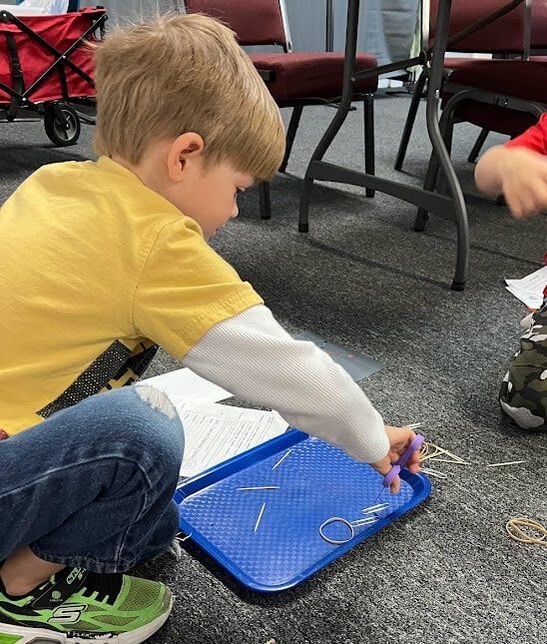
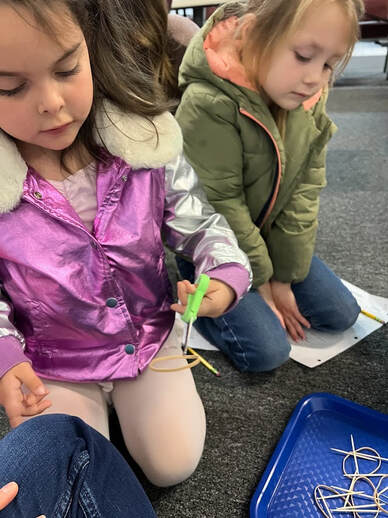
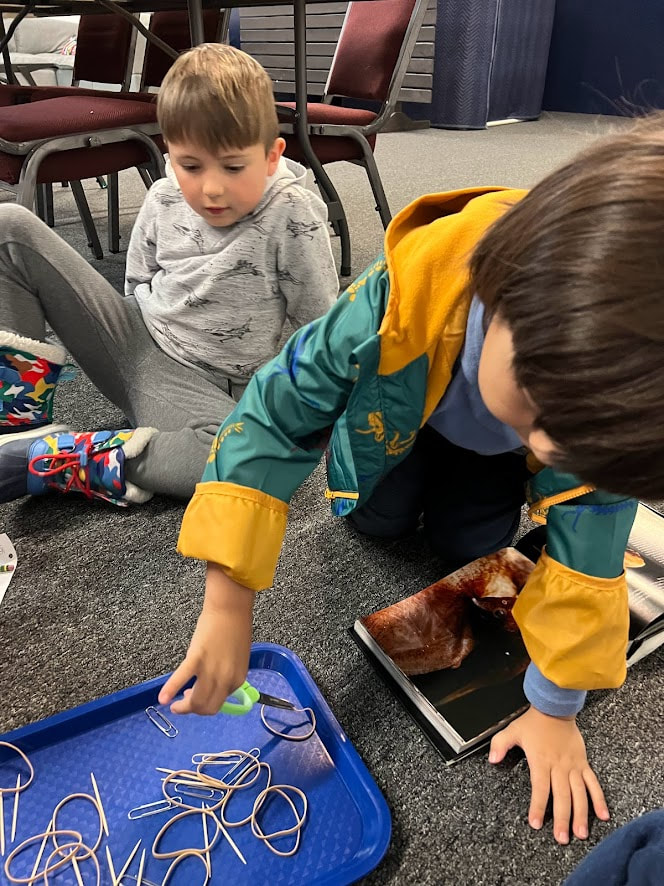
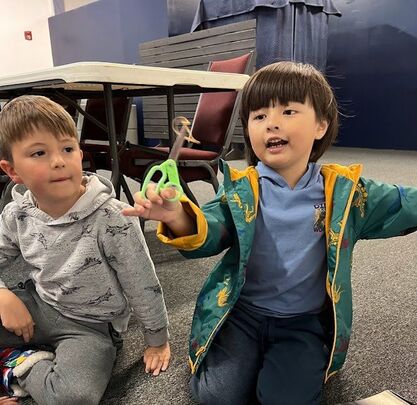
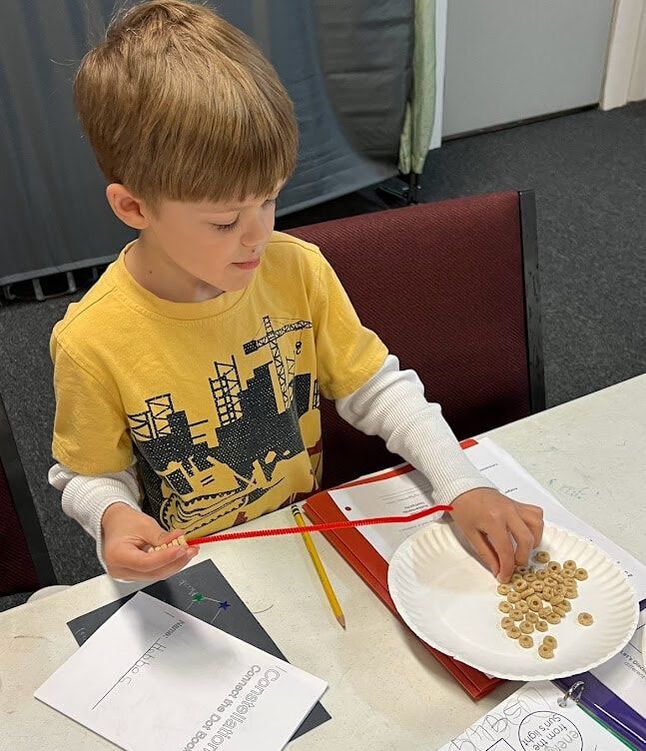

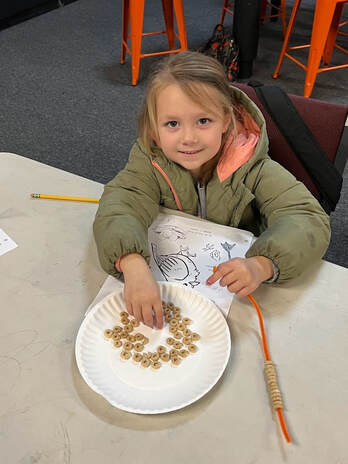
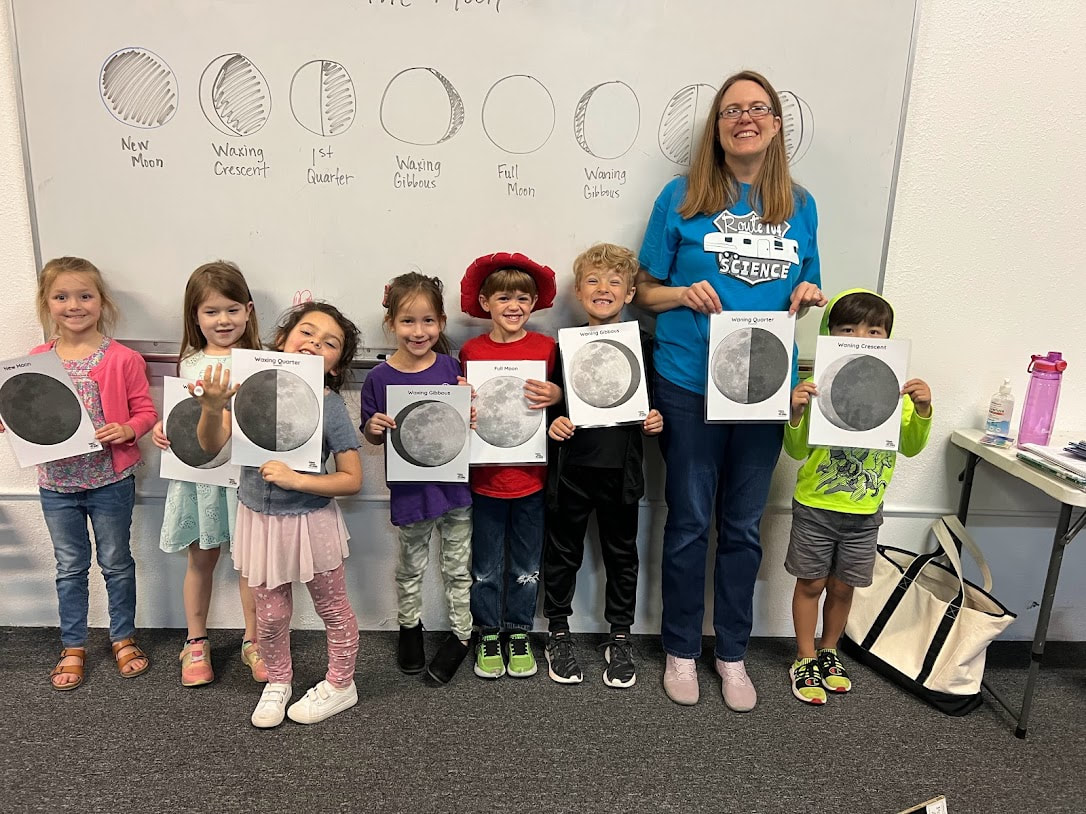
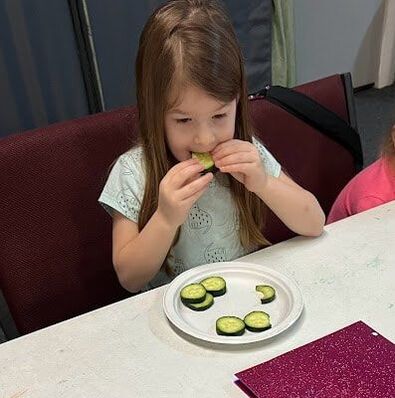
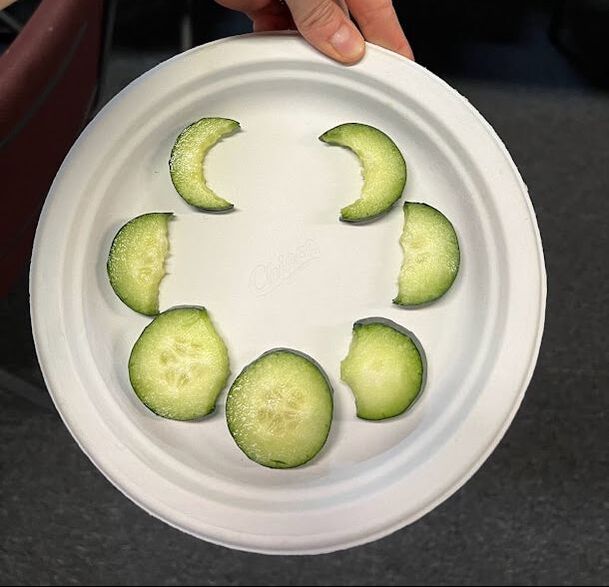
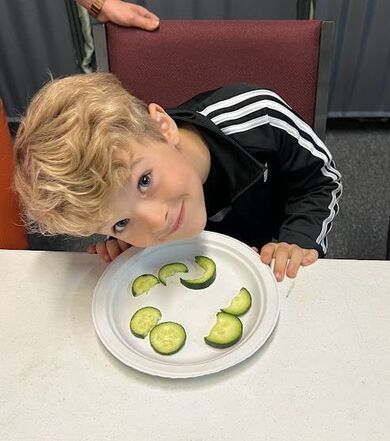
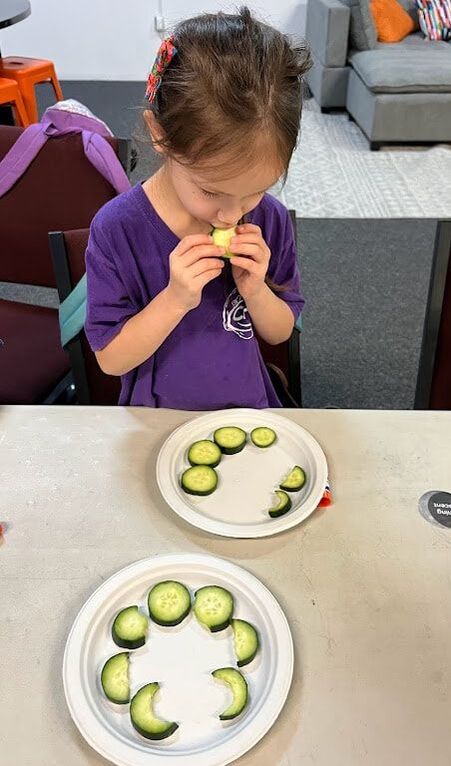
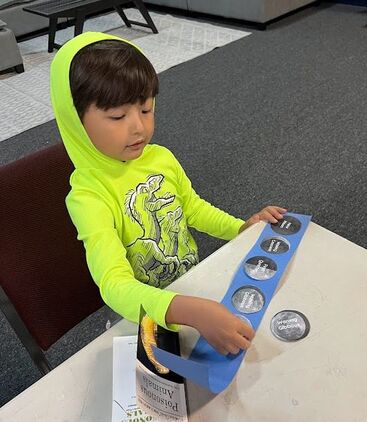
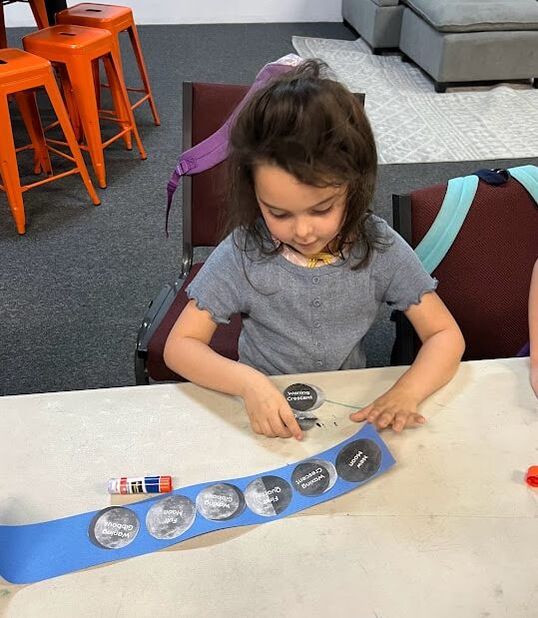
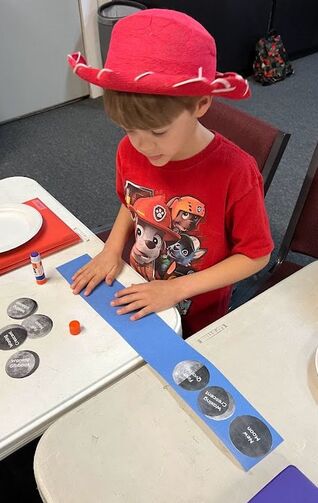
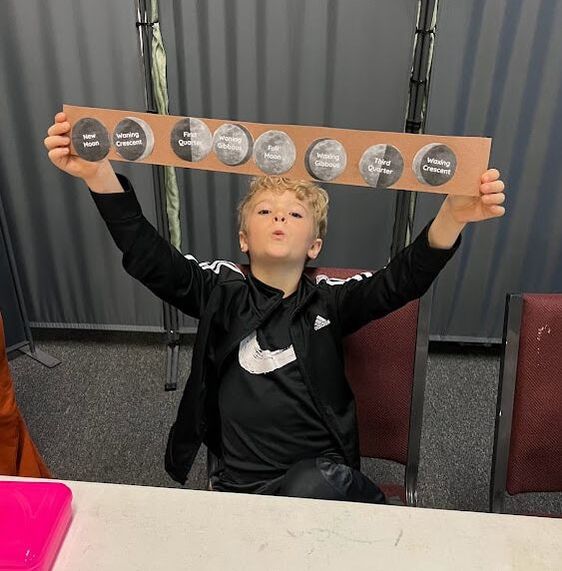
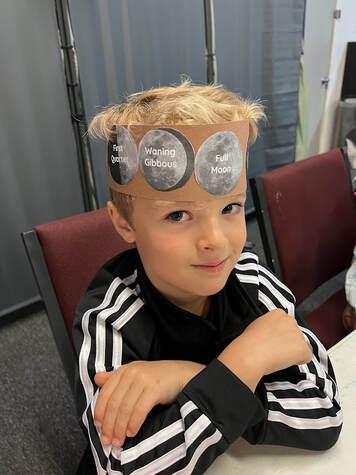
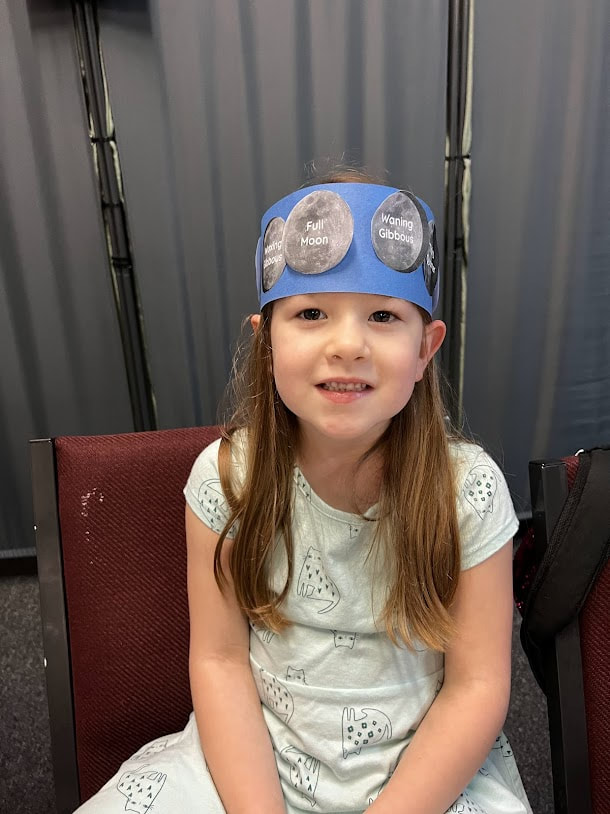
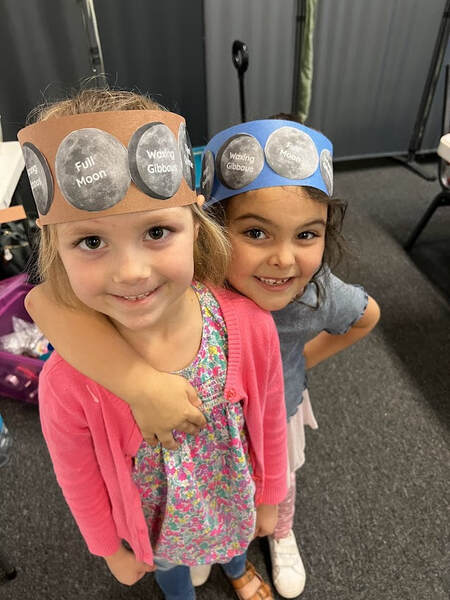
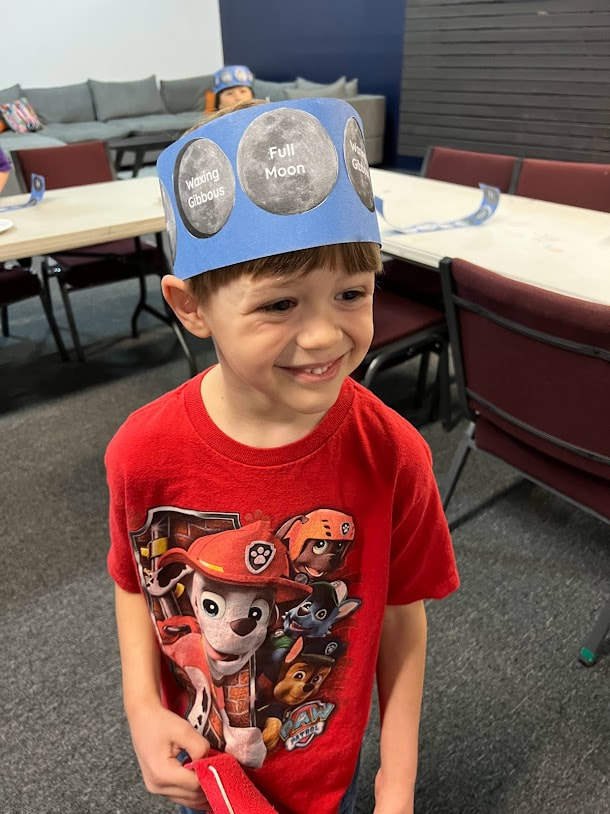
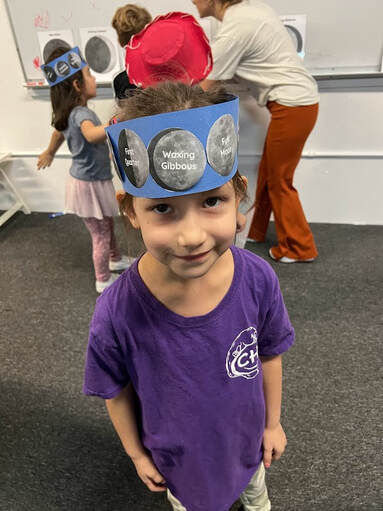
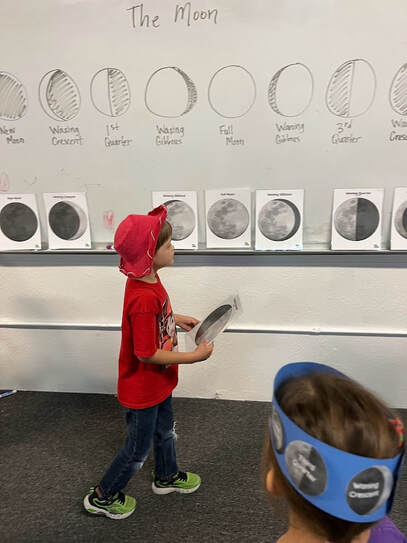
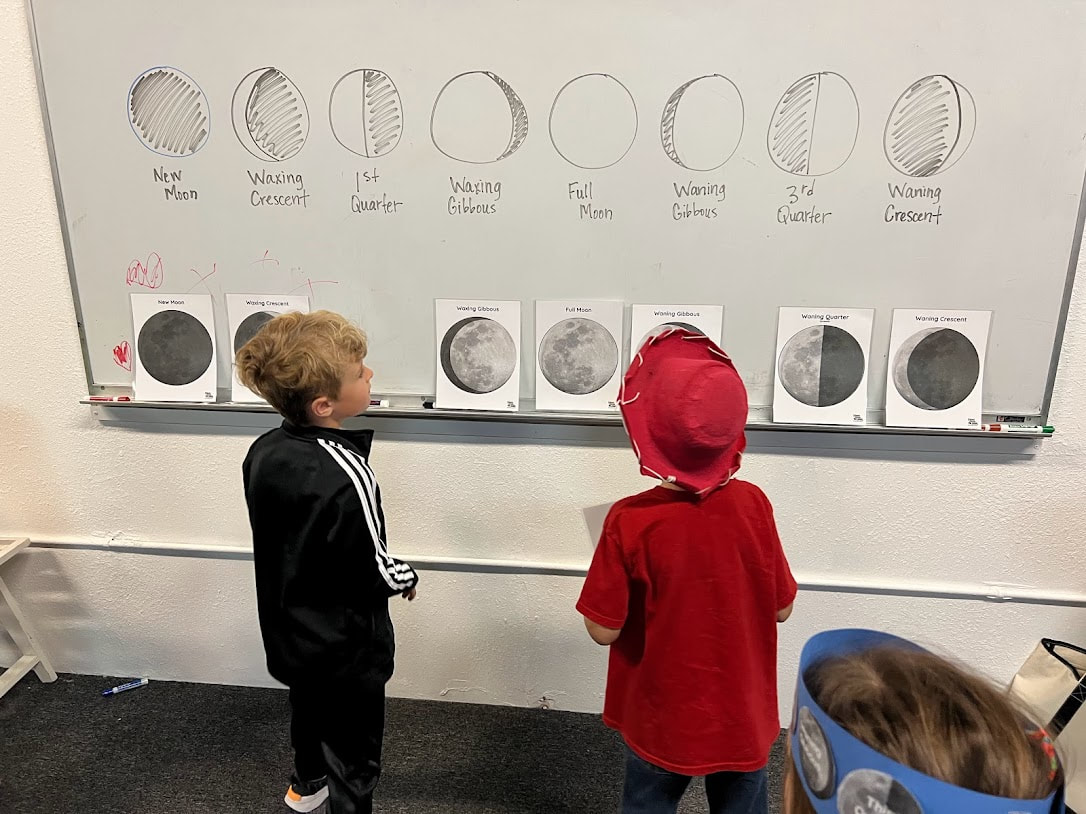
 RSS Feed
RSS Feed